Stoking the fires of change
Photojournalist Stuart Palley ’11 experiences wildfires in the moment. SMU researcher Chris Roos looks at them through the long lens of archaeology. Ultimately, their perspectives are the same: Wildfires are getting worse, and there’s an urgent need to adopt coexistence strategies.
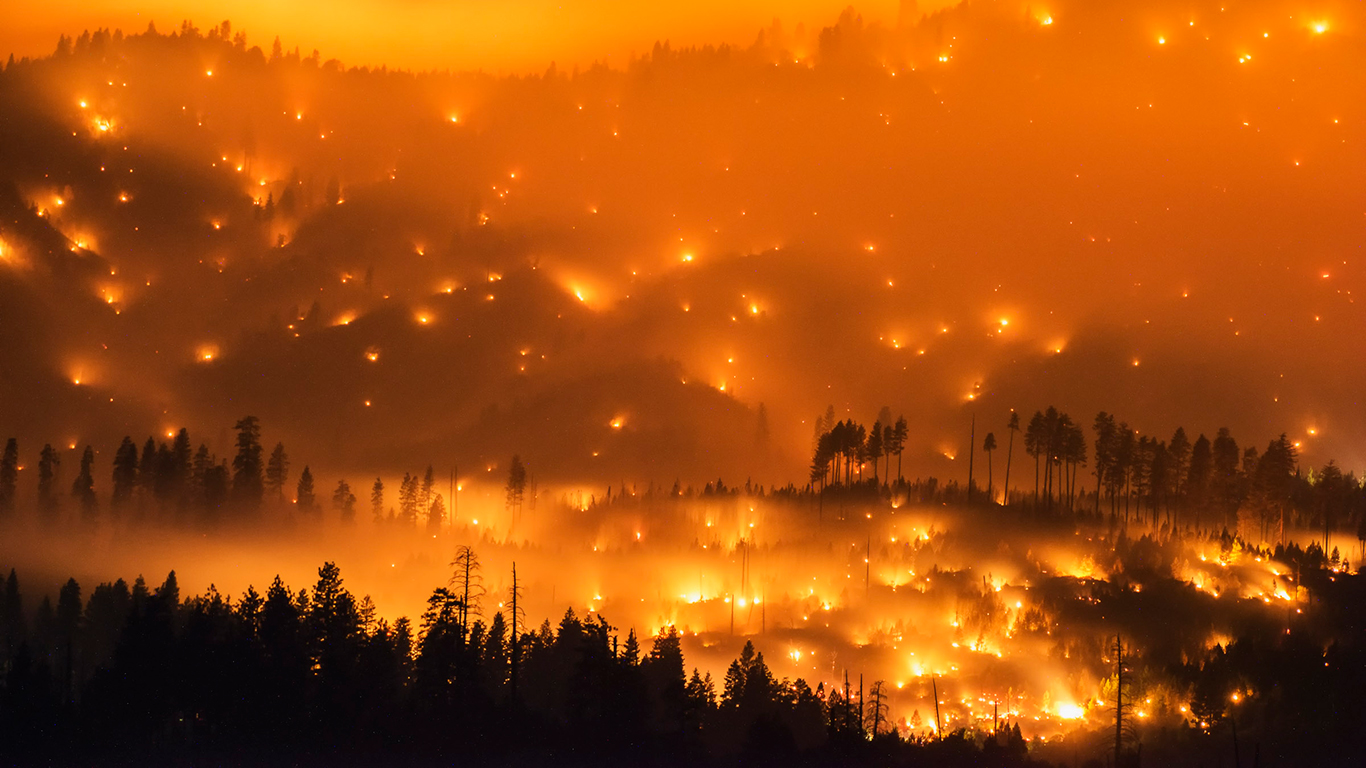
An unusually hot, dry spell bakes the landscape. Ready to say goodbye to summer, friends gather for Labor Day barbecues in neighborhoods surrounded by forest. Winds whip up and embers fly. In the blink of an eye, 1,500 structures are set aflame.
That hypothetical scenario cooked up by environmental archaeologist Chris Roos and a friend about a fictional New Hampshire hamlet now plays out too often in places where wildfires were once unknown. “Climate change makes it real for a lot of people,” says Roos, an SMU anthropology professor who has studied wildfires in the Southwest for more than a decade.
A blaze was too close for comfort in an iconic photo showing a barefoot man clad in a T-shirt and boxers, fleeing for his life in Thousand Oaks, California. Time magazine named it one of the top 10 photos of 2018. That terror-filled moment was caught by SMU alum Stuart Palley ’11, a professional photographer whose stunning images accompany this story.
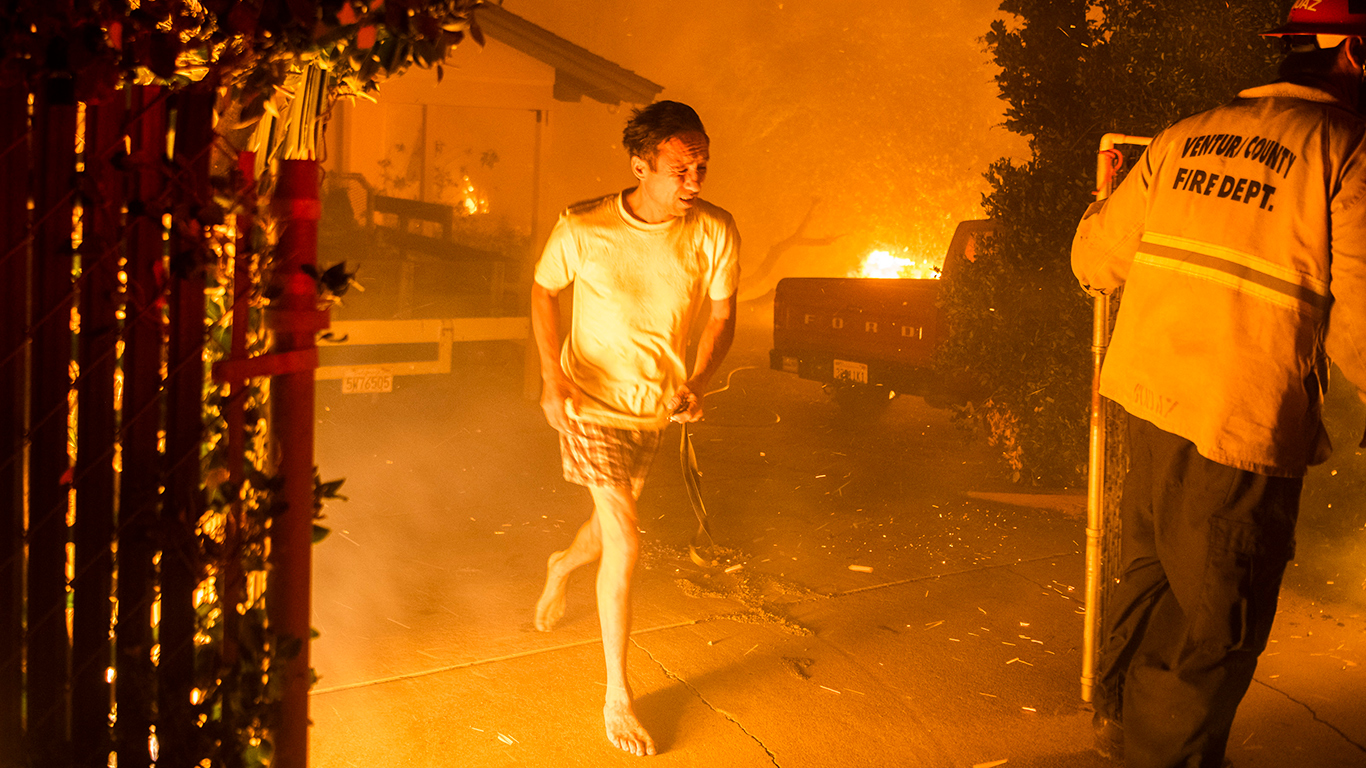
In a flash, wildland infernos not only destroy homes but also livelihoods, dreams and ecosystems, Palley says. On the ground, he has witnessed these “incredible forces of nature” building in strength and fury. “Wildfires are getting worse,” he says. “They move faster and are more intense and destructive, and the time of year during which they occur is more widespread.”
Roos compares the trend of bigger, scarier and harder to control wildfires to medication-resistance superbugs. “Antibiotics can be used effectively to treat everyday infections, but they’re almost useless in fighting superbugs,” he says. “Likewise, we can generally control smaller wildfires, but megafires are like superbugs; we’re limited as to how much we can contain them.”
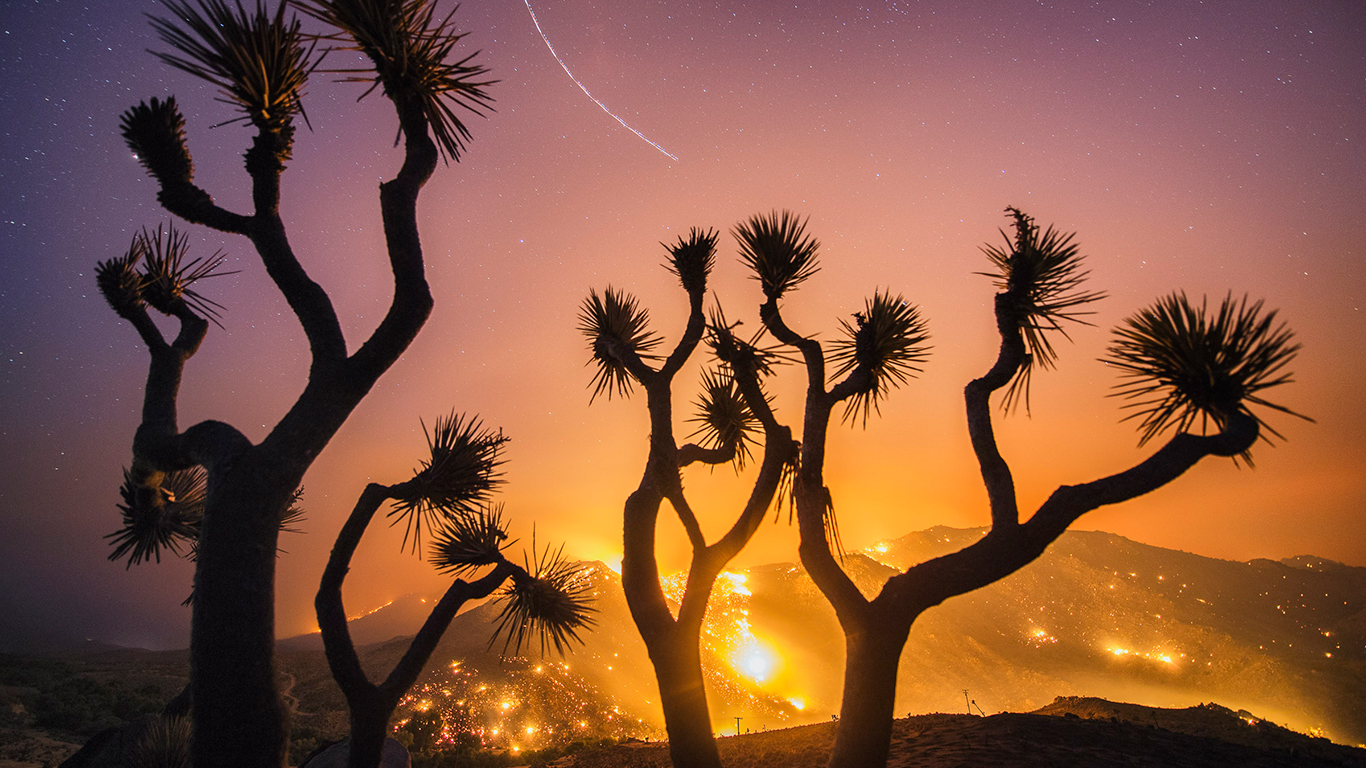
‘Earth on fire’
Like hurricanes along the Gulf Coast or tornadoes in the Plains, wildfires were a seasonal fact of life while Palley was growing up in Newport Beach, California. As a University student, he never envisioned a career kindled by fire. The opportunity to explore varied interests drew him to SMU as a double major in history and finance, with minors in human rights and photography. After shooting for The Daily Campus and other publications, he tapped into a talent for environmental photography at SMU-in-Taos and started focusing on visual storytelling.
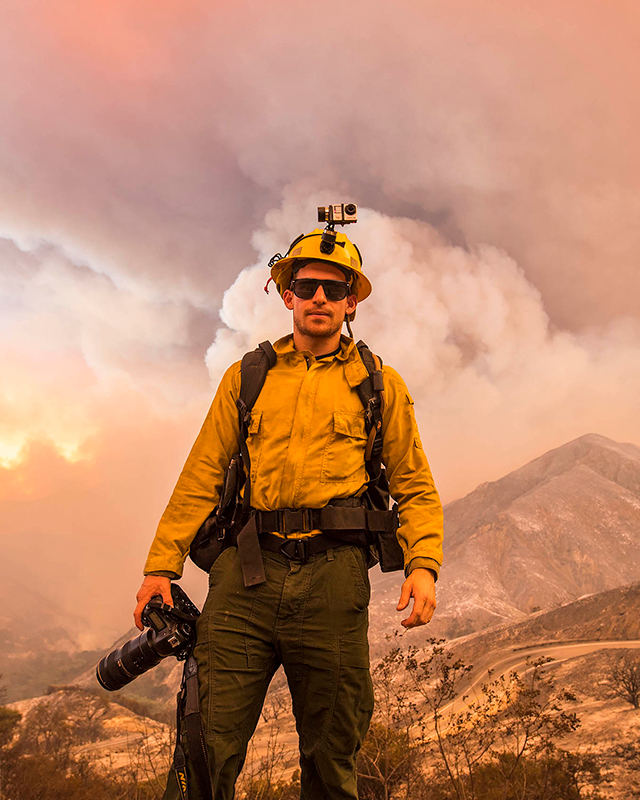
Understanding the complexities of combustible issues depends on the kind of multidisciplinary mindset Palley honed as a student: “Recognizing the impact of history. Spotting patterns and taking disparate information and connecting the dots. Analyzing infrastructure investments and looking at them from a public benefit perspective. Everything I studied has helped.”
Palley went on to earn a master’s degree in photojournalism from the University of Missouri. He began covering wildfires as a newspaper intern with the Orange County Register in 2012. The following year, he started shooting long exposures of fires after dark for a personal art project and subsequent book, Terra Flamma, roughly translated from Latin as “earth on fire.” Over five years and 45 fires, Palley created photos intended to burn in your memory and spark conversations about what he characterizes as “the most acute effect of drought, climate change and human sprawl in California and beyond.”
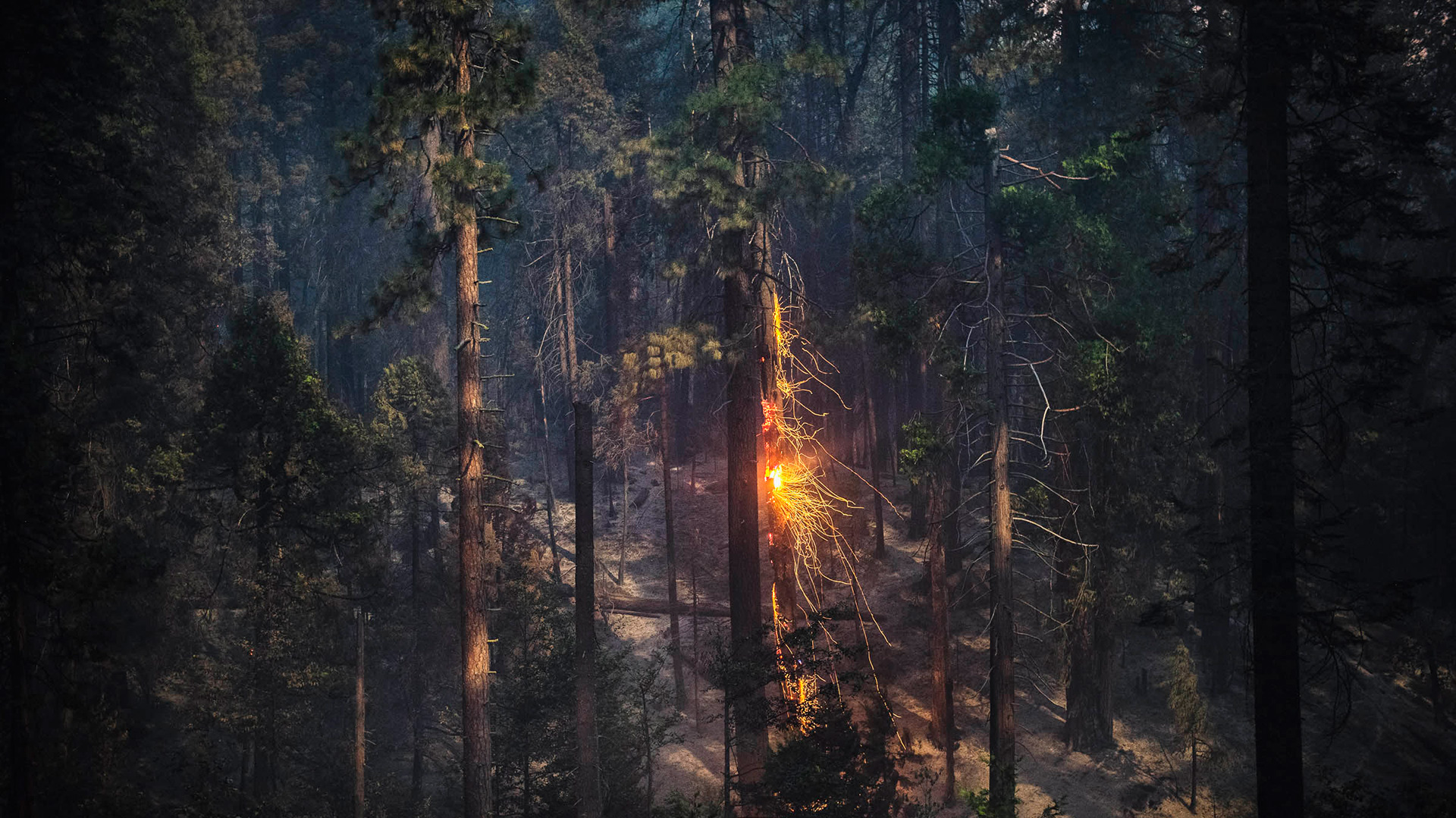
Centuries of fire wisdom
Roos and Palley met in 2019 at an SMU community event in Southern California. Roos’ interdisciplinary research on the long-term interactions of human societies, climate and wildfire struck a chord with the photographer, a self-described “lifelong student of fire.”
The major wildfire risk posed by the wildland-urban interface (WUI) – an area where land development is in or near untamed vegetation – is nothing new, Roos says. “This problem seems modern, but Native American communities have lived in WUI contexts for centuries.”
Today’s “flammable landscapes have long human histories” that have much to teach us, Roos says. A case in point is his study of the science and traditions behind sustainable fire management by the Native American community of the Pueblo of Jemez – the Hemish people – in New Mexico. Their ancestors endured in fire-prone ponderosa pine forests for centuries by respecting the power of fire and using it as a tool.
By telling stories about successful coexistence, we can start to encourage our cultural imagination to find positive value in using intentional fire and smoke to mitigate uncontrollable megafires.
— Researcher Chris Roos
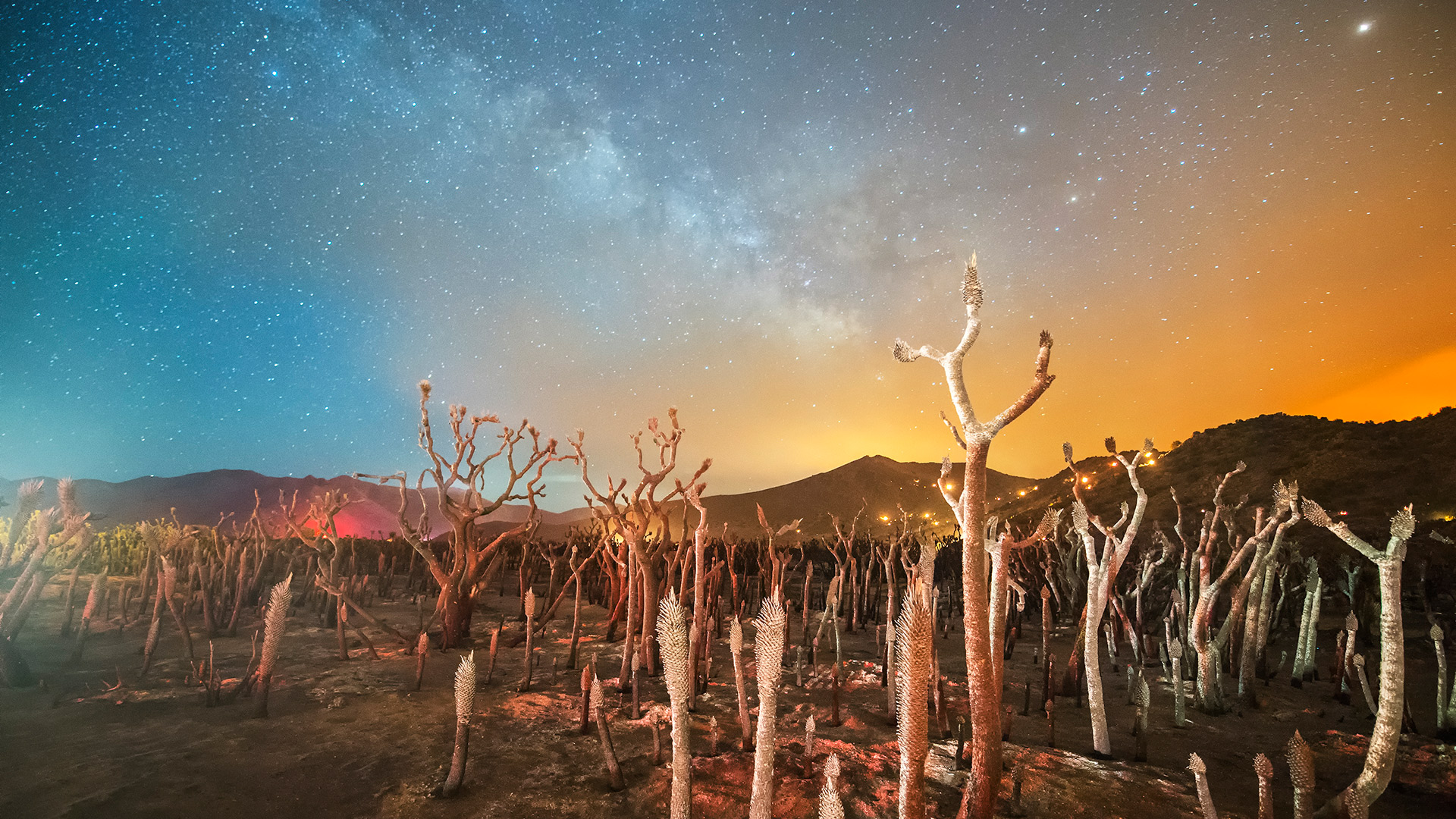
While Indigenous villages were similar in population density to modern exurban developments, their inhabitants kept nature at a safe distance. “Trees were rare within a space of a couple of football fields around their communities,” Roos says. By removing the natural fuel, they created what is now called a defensible space, a tactic that reduces the risk of property destruction.
The practice of harvesting most of the small trees within a mile or so of their village for heating and cooking added another layer of protection. Such thinning reduces the volatility of fires and can keep flames from jumping from the surface to tree crowns.
The Hemish also fought fire with fire. They blunted climate effects with a patchwork of small, purposeful burns before the peak natural fire season, Roos says. This preemptive measure took out the brush and other ground fuel a wildfire needs to spread. “We don’t do nearly enough prescribed burning today,” he says.
Looking to the past makes one thing clear, he says: “Climate matters.” Efforts to make peace with wildfire will be futile if we don’t tackle climate change, too.
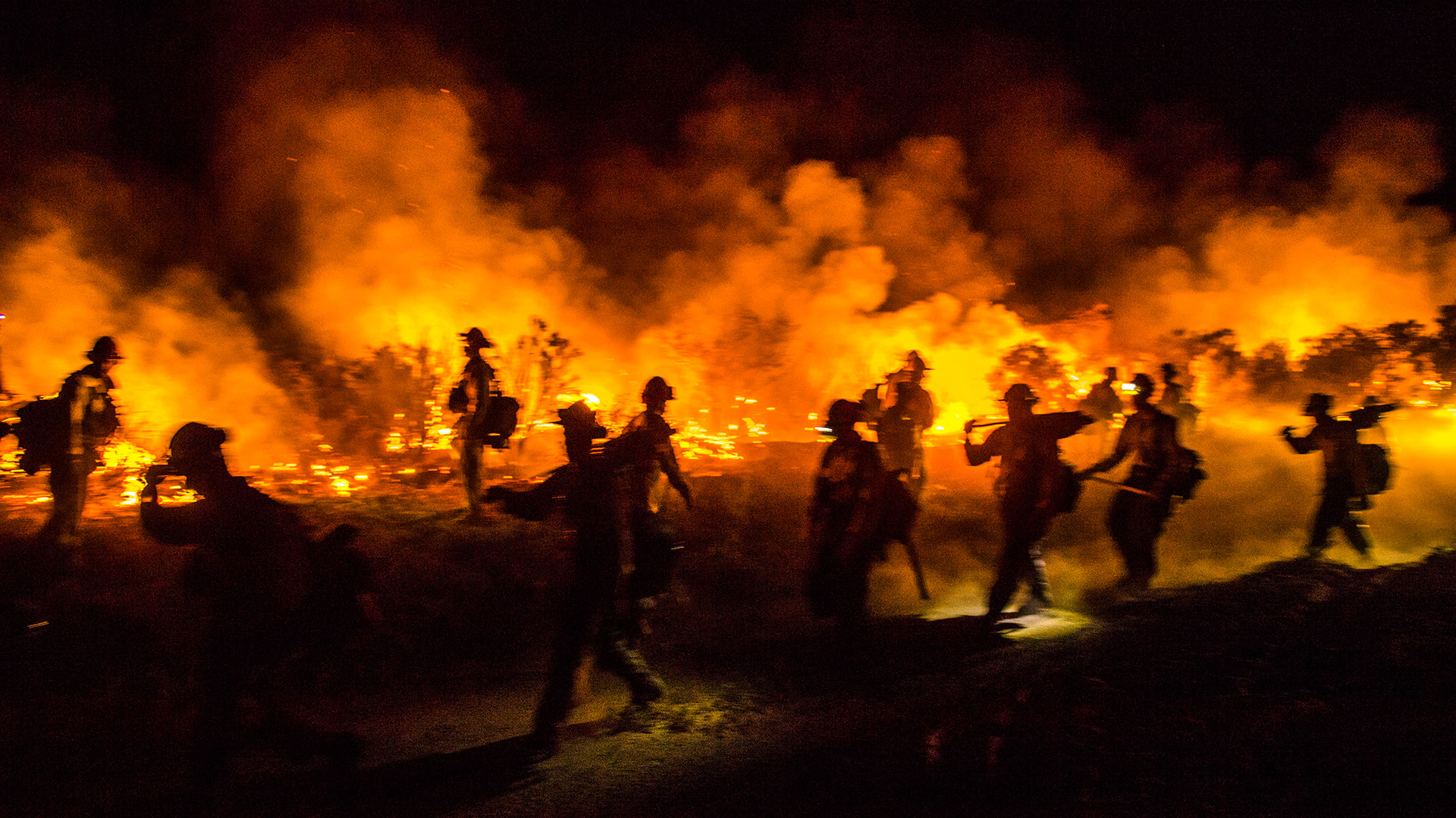
Beauty amid chaos
Palley has wildland fire qualifications and keeps his cameras and an array of safety equipment – including fire boots, flame-resistant clothing, a helmet, gloves, goggles and a fire shelter – always ready to go. In the past eight seasons, he has shot more than 100 fires throughout his native state. “Every fire has its own character,” Palley says. A brew of sensory extremes keeps his adrenaline pumping and his guard up.
It becomes difficult to see as smoke gets denser and denser. The intense barbecue-like smell becomes overwhelming. You hear planes overhead dropping fire retardant, the snap and crash of tree limbs falling to the ground, the roar of trees going up in flames.
— Photojournalist Stuart Palley ’11
The mounting ferocity of the blazes he covers has modified the way he works. A good telephoto lens, a tripod and a safe distance are essential, Palley says. He’s been embedded with hotshot crews doing back-breaking labor on the fire line and spent time with the smokejumpers who parachute in for quick, initial attacks in remote areas. In the thick of it, he dodges hazards and stays out of the way of first responders. That “safety first” credo resonates with the U.S. Forest Service and other firefighting personnel he interacts with. They trust him to respect boundaries and avoid becoming the story.
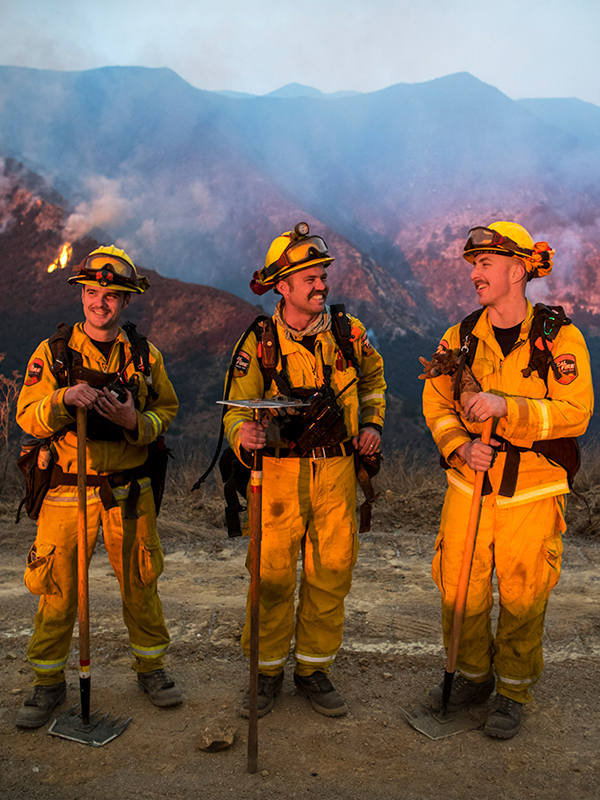
Palley has photographed for the Los Angeles Times, National Geographic magazine, The New York Times, The Washington Post, The Wall Street Journal and many other publications. New York Magazine, Outside, Wired and other media have featured his dramatic visual storytelling. Last year, he and his wildfire footage became the centerpiece of a broadcast campaign promoting Subaru’s reforesting project partnership with the National Forest Foundation.
He also stays busy with commercial work and other assignments. “I still use the marketing, accounting and negotiating skills I developed at SMU all the time,” he says.
As a change of pace, he’s currently working on a project for the Nature Conservancy to document the aftermath of fires and recovery that allows him to “tell slower stories.”
His second book, Into the Inferno: A Photographer’s Journey through California’s Wildfires and Fallout, is scheduled for release in 2022 by Blackstone Publishing. It draws on his experiences on the front lines of California’s wildfires and addresses “how climate change is permanently altering the world.”
Video
Wildfires are a wake-up call
Photojournalist and SMU alum Stuart Palley ’11 braves burning forests with his camera to share the story of climate change with the world.
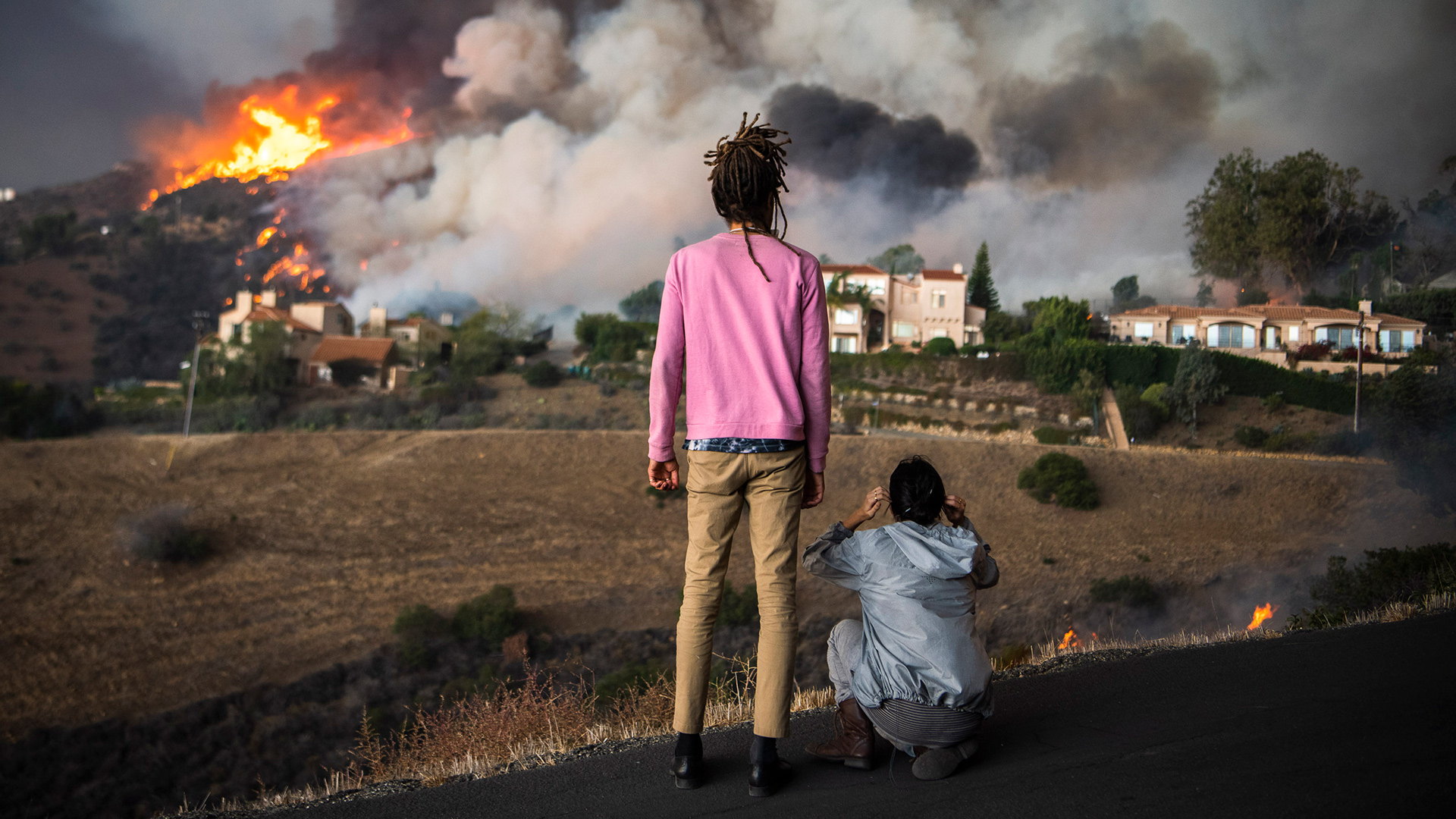
Living with wildfires
The impact of wildfire on watersheds, ecosystems, infrastructure, businesses, tourism, supply chains and individuals costs this country’s local and national economies tens of billions each year, according to the U.S. Department of Commerce, and the effects reverberate from coast to coast in everything from higher grocery bills to the loss of national forest.
Roos continues to explore the past for a path to reducing wildfire risk in the present. Fueled by a new award of nearly $400,000 from the National Science Foundation, Roos will serve as principal investigator on an analysis of tree-ring fire records and heat-sensitive archaeological artifacts to determine if fires are burning hotter today than in the past. He’ll collaborate with co-principal investigators Kacy Hollenback, assistant professor of anthropology at SMU, Tammy Rittenour of Utah State University and Ellis Margolis of the U.S. Geological Survey. The results will allow “policymakers to better weigh the opportunity costs of intensive forest thinning and prescribed burning versus environmental mitigation and home protection.”
He’s anxious to get back into the field, which is a family affair. He and Hollenback are married, and their two young children always go where they go. Hollenback’s research primarily focuses on the long-term legacies of disasters and hazards with regional expertise in Northern Plains archaeology and anthropology. Over the years, their research has intersected in the Southwest.

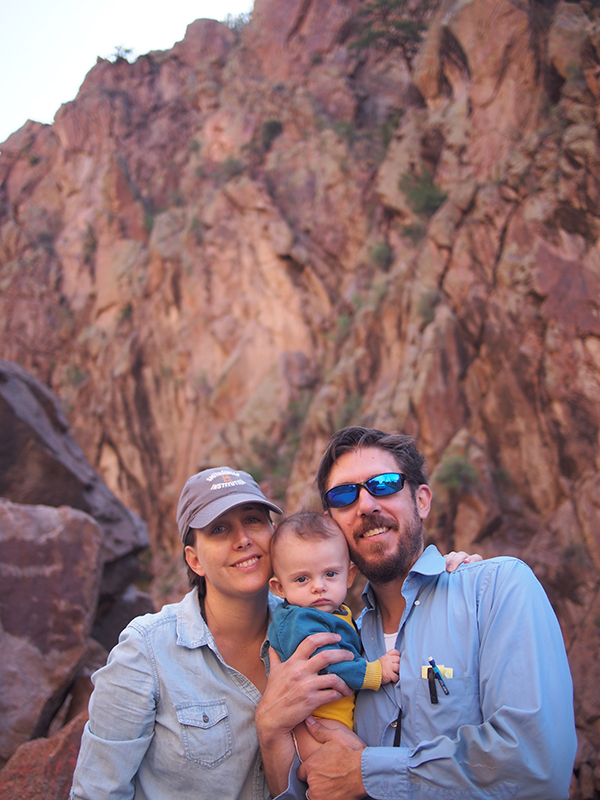
Roos is gearing up to reopen his Environmental Archaeology Lab this fall after shutting down due to COVID-19 safety measures. In recent years, Roos’ fire research has expanded to include collaborative projects in Montana and Fiji. He usually has several undergrads involved in various projects as well as graduate students assisting him or working on their own materials. In fact, his first Ph.D. student at SMU, Michael Aiuvalasit ’12, ’17, is now an assistant research scientist at the University of Illinois at Urbana-Champaign studying the resilience of communities to climate change.
Following the trail to wildfire coexistence blazed by Roos’ research won’t be quick and easy. Implementing traditional tactics at scale today would require time, adequate funding and “changing our relationship to fire and smoke,” he says. “We need to find a positive place for fire in our culture and stop treating it as strictly a hazard.”
Our future coexistence will involve a lot of smoke, fire and lifestyle changes, he says. Building on the successes and learning from the failures of historic societies mean finding room to accept fire as a preventive and restorative tool, not solely an instrument of destruction.
“It’s no longer a question of whether or not we want to live with fire,” Roos says. “It’s what kind of fire do we want to live with?”